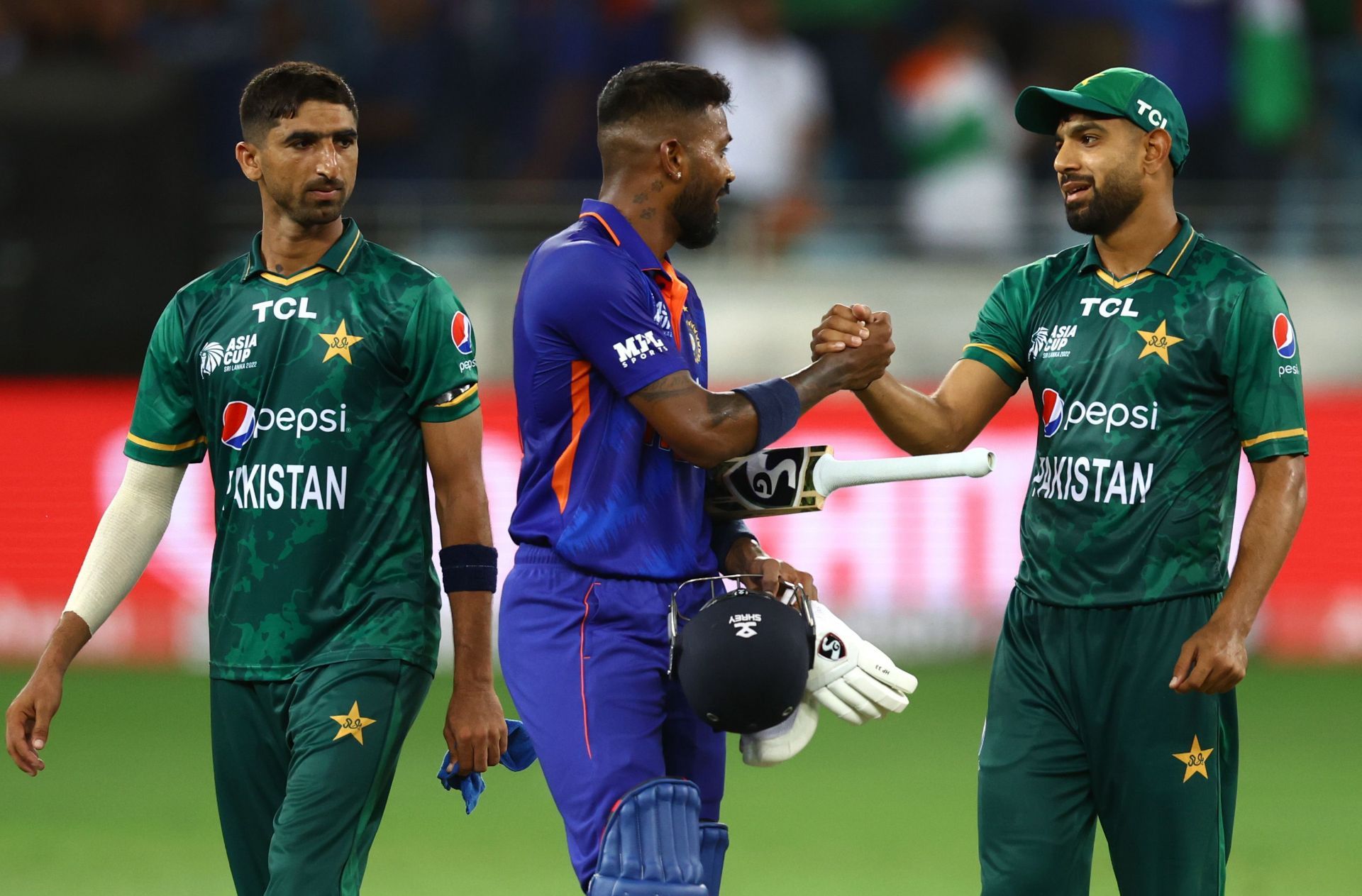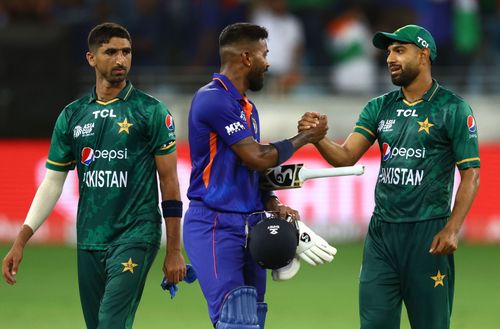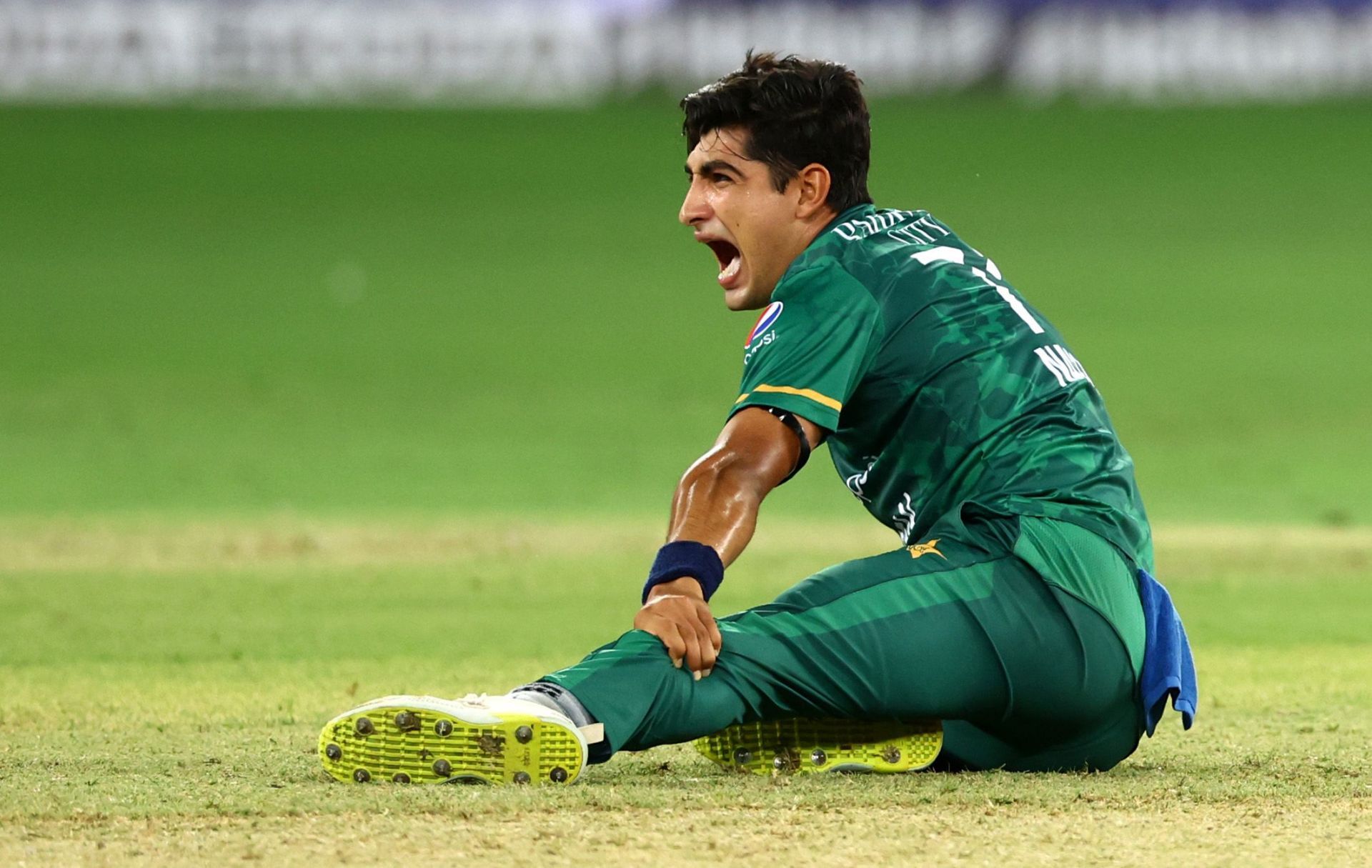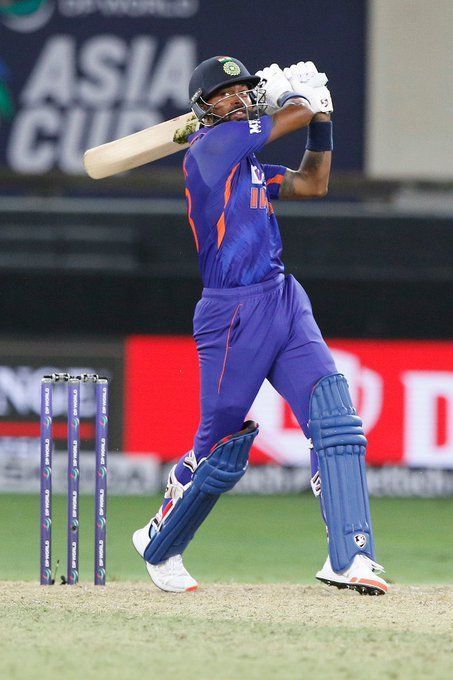
After a few lopsided renditions, the India-Pakistan rivalry shows what it is truly worth

India-Pakistan. These might seem just two words to most people on this planet. To those with a cricketing allegiance, though, they depict a thousand words. It is not always about the performances, or the irresistible galaxy of stars on display. Sometimes, it is not even about the result (although that is a very rare occurrence).
But almost always, it is about the emotion attached to it. The thrill of beating your fiercest rivals. The joy of telling your neighbours that cricketers on this side of the border are better than those in another nation. The basking in potential glory, and of course, the experience of a lifetime.
We live in a world, though, where marginal utility is also a feature. At one point, there were so many India-Pakistan games that you often lost track of them. No one ever said that they did not enjoy those India-Pakistan clashes. But because there were so many of them, the quality inevitably dropped.
At the 2021 T20 World Cup, Pakistan coasted to victory. It was a win they will fondly remember for generations, largely because it was the first time they achieved that feat at a men’s World Cup.
From a cricketing perspective, though, it felt that the Men in Blue had given up as soon as Shaheen Shah Afridi had breezed through KL Rahul and Rohit Sharma’s defences. When Babar Azam and Mohammad Rizwan went about their business, the result felt a foregone conclusion.
A couple of years prior to that, India had thumped Pakistan at Old Trafford in the 2019 ICC Cricket World Cup. The 2018 edition of the Asia Cup also saw one-sided fixtures, with India emerging victorious. In 2017, both teams clashed twice in the ICC Champions Trophy. Pakistan won the game that mattered, although both of those weren’t as keenly fought as many thought they would be.
The India-Pakistan clash on Sunday was a blockbuster
And then, among all that debris, comes the most recent rendition of the India-Pakistan match-up. The scorecards will only show that India won a tight game. But anyone who watched even one ball of this contest, will tell you how this game was a refreshing reminder on what the actual worth of this rivalry is.
To pick out where the game was won and lost would be slightly redundant, and might not fit what the entire idea around this article is. This write-up is not about who floundered in crucial moments, or who stood up to propel his side to victory. It is about how both teams, despite not really being at their best, found a way to keep jabbing at the other until they were so physically exhausted that mental toughness tilted the scales.
Nothing symbolized these ebbs and flows more than Naseem Shah, a T20I debutant, running in to bowl, despite cramping all over. By the time he finished his spell, he could barely walk, let alone hurl down 90 mph thunderbolts. Because it was an India-Pakistan clash, he somehow found the energy to not just bowl, but also do so at searing pace, often making the Indian batters question if what was happening was real.
It all started when Ravindra Jadeja was adjudged LBW in the 18th over. Having gotten India into a decent position, the onus was on the all-rounder to finish off the game. The first ball of the over was a loosener, with Naseem still unable to fathom the gravity of cramps. The next legal delivery was slapped past extra cover for four, which even under normal circumstances, should have been enough to break a young fast bowler’s spirit.
So, it was only natural that Naseem bowled the next two deliveries at such pace that Jadeja could only connect with fresh air. Then, on the fourth ball of that over, he got the ball to skid off the surface like a prime Waqar Younis. The ball rapped Jadeja on the back pad and Naseem, so stricken with cramps, could not even appeal.

The LBW decision was ultimately overturned by DRS, with the induced break making Naseem’s calf and hamstring gasp for even more air. He limped to bowl the fifth ball of the over and was unsurprisingly dispatched over long on. That Naseem still returned with greater vigour for the final delivery of his spell told you everything you needed to know about the famed India-Pakistan rivalry.
It wasn’t just Naseem who was struggling with cramps. Jadeja looked extremely jaded by the time the last over came around. Haris Rauf, too, struggled to keep himself in peak working condition. Had it been any other game, it would’ve dwindled the spectacle. Because it was an India-Pakistan clash, it added another layer of drama to what had already been a box-office contest.
Apart from this, there were the usual storylines. The narratives around the strike rates of Babar, Rizwan and Virat Kohli. Rohit's inability to get going against Pakistan in Dubai. Bhuvneshwar Kumar's dexterity and of course, the sheer randomness attached to this fixture, with Shahnawaz Dahani clattering the ball into oblivion, not once but twice.
What it illustrated, at least from a broader perspective, was that this rivalry is back to being what it should be. A tussle where both teams are so evenly matched that even conceding an inch is a cardinal sin. A match where margins are so tight that they are often points of discussion weeks after it has actually happened. An encounter that is still the game that matters, irrespective of what anyone might say.
In the past few years, there have been a few lopsided renditions, enough to convince those who want to be convinced that this rivalry has lost its sheen. But on Sunday, it roared back to life like it has always been meant to, even showing people what it is truly worth.
Cricket, or any sport for that matter, makes you go through a range of emotions all at once. You could be commending Jadeja and Pandya’s nerves of steel, while also appreciating the amount of effort Haris and Naseem put in, despite being ravaged by cramps.
You could be rooting for the Men in Blue, and you could still acknowledge that Pakistan put together a darn good game. You could live the thrill of beating your rivals, yet, for a moment - just a moment - understand what they have overcome to make this the spectacle it is.
If that doesn’t explain what this India-Pakistan clash is, nothing ever will. Nothing quite feels the same once you’ve experienced this.

